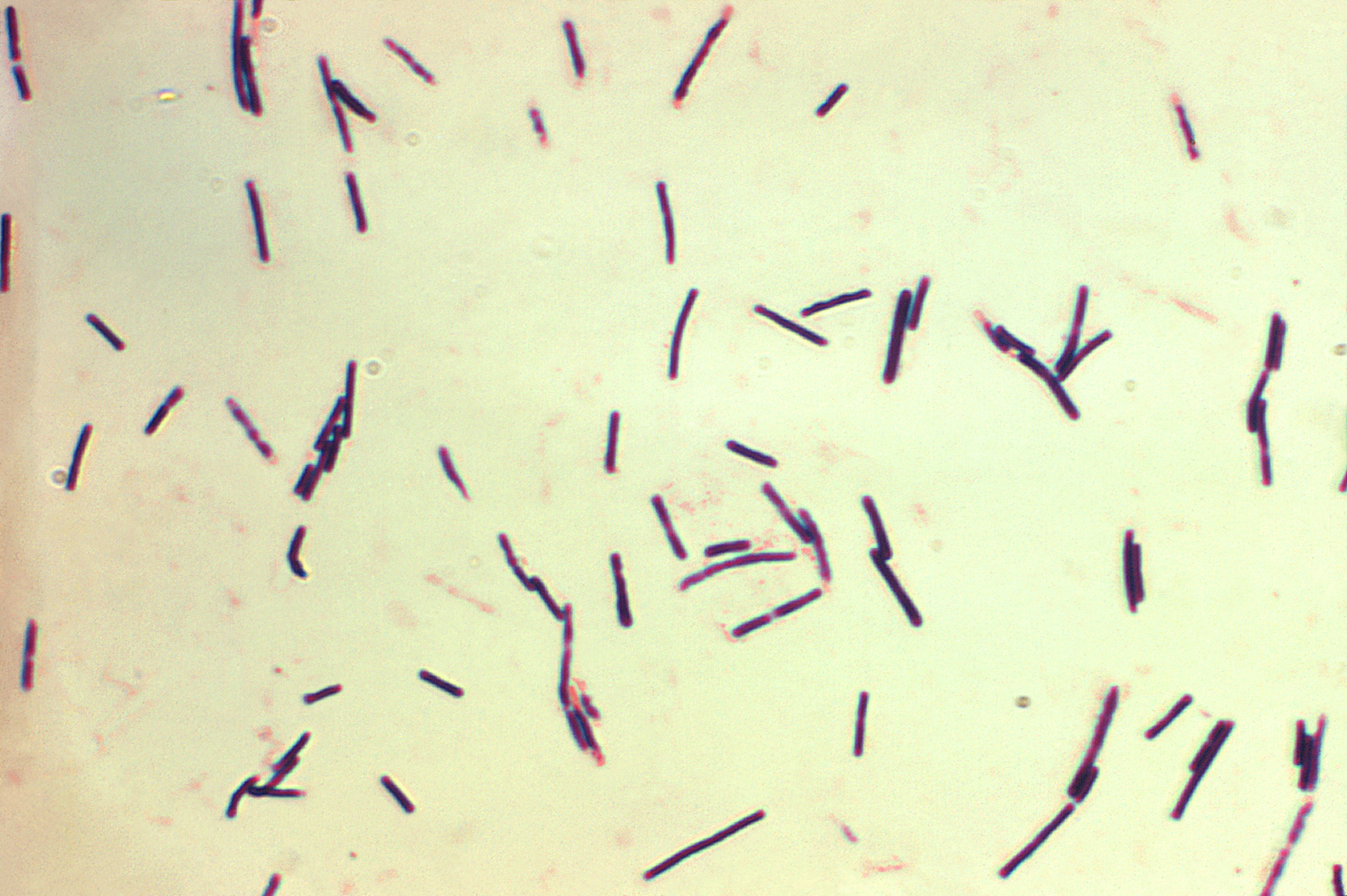Clostridium perfringens
Enlarge text Shrink text- Blakiston's Gould med. dict., 3rd ed.
- Stedman's med. dict., 24th ed.(c. perfringens, c. Welchii; gas bacillus; Welch's bacillus)
- Van Nostrand's sci. encycl., 6th ed.
Clostridium perfringens (formerly known as C. welchii, or Bacillus welchii) is a Gram-positive, bacillus (rod-shaped), anaerobic, spore-forming pathogenic bacterium of the genus Clostridium. C. perfringens is ever-present in nature and can be found as a normal component of decaying vegetation, marine sediment, the intestinal tract of humans and other vertebrates, insects, and soil. It has the shortest reported generation time of any organism at 6.3 minutes in thioglycolate medium. Clostridium perfringens is one of the most common causes of food poisoning in the United States, alongside norovirus, Salmonella, Campylobacter, and Staphylococcus aureus. However, it can sometimes be ingested and cause no harm. Infections induced by C. perfringens are associated with tissue necrosis, bacteremia, emphysematous cholecystitis, and gas gangrene, which is also known as clostridial myonecrosis. The specific name, perfringens, is derived from the Latin per (meaning "through") and frango ("burst"), referring to the disruption of tissue that occurs during gas gangrene. Gas gangrene is caused by alpha toxin, or α-toxin, that embeds itself into the plasma membrane of cells and disrupts normal cellular function by altering membrane structure. Research suggests that C. perfringens is capable of engaging in polymicrobial anaerobic infections. It is commonly encountered in infections as a component of the normal flora. In this case, its role in disease is minor. C. perfringens toxins are a result of horizontal gene transfer of a neighboring cell's plasmids. Shifts in genomic make-up are common for this species of bacterium and contribute to novel pathogenesis. Major toxins are expressed differently in certain populations of C. perfringens; these populations are organized into strains based on their expressed toxins. This especially impacts the food industry, as controlling this microbe is important for preventing foodborne illness. Novel findings in C. perfringens hyper-motility, which was provisionally thought as non-motile, have been discovered as well. Findings in metabolic processes reveal more information concerning C. perfringens pathogenic nature.
Read more on Wikipedia >
 Topic
Topic




